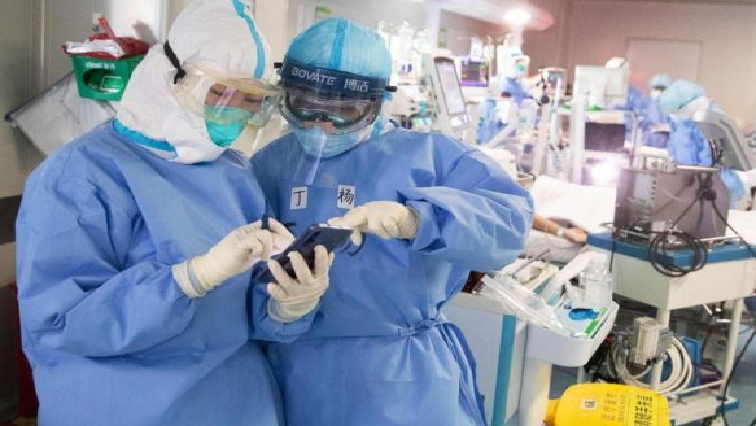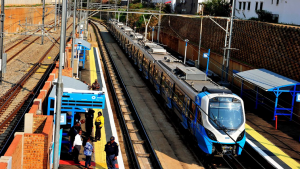More than 300 doctors working in Kenya’s Public health facilities in the capital, Nairobi, will down their tools beginning Friday next week, the Doctors’ Union has announced.
Among their grievances include a delay in the remittance of their July salaries and poor working conditions, which include poor quality Personal Protective Equipment.
The impending strike is likely to affect Kenya’s efforts to control the spread of COVID-19 in the epicentre of the disease in the country.
Nairobi had by Thursday this week registered over 16 000 positive cases of COVID-19.
Dr Thuranira Kaguiria, a doctors union official states when the strike will commence. “Friday 21st August 2020, from 8am our strike starts.”
The doctors say they are currently working without pay and a medical cover, as well as under situations that expose them to the risks of contracting COVID-19, indeed Nairobi leads in the number of medical workers who have been infected.
“We have more than 15 doctors who have contracted COVID-19 in Nairobi county and more than 80 nurses who have contracted the disease, even clinical officers we have them.”
The issue of poor quality Personal Protective Equipment, Dr Dennis Miskella says has affected all public health facilities across the East African nation.
“The saddest thing about having poor quality PPEs is like giving a soldier a toy gun and assuring him that he can go to the frontline, only for the gun to fail to fire, our brothers are wearing PPEs knowing they are protected only for them to get infected, we are not going to die anymore.”
The doctors’ union warned that if the grievances of the doctors in Nairobi are not met, they will call for a nationwide strike in both public and private hospitals.
“Doctors are not martyrs, doctors are not children of a lesser god.”
They condemned the ongoing corruption around funds meant for the fight against COVID-19 pandemic.”
Kenya has so far secured over 2 billion for its COVID-19 infection control measures as well as donations of equipment from well-wishers but the government is now hard-pressed to explain how it has spent the money and who has benefitted from the Personal Protective Equipment.






